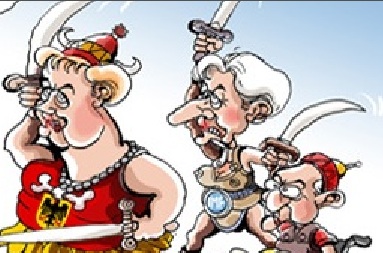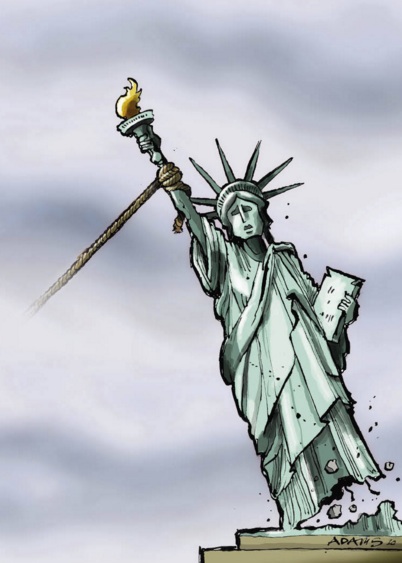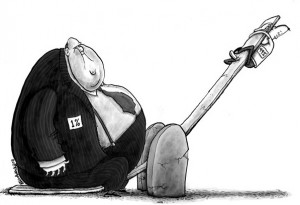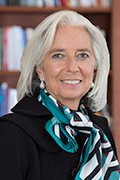Does China Belong at the Grownups table in international finance?
Paola Subacch writes: The IMF has given a huge vote of confidence in China’s capacity to play a major role in international finance.
Many market participants, however, remain skeptical about the decision. Does the renminbi really belong in the same category as the US dollar, the euro, the Japanese yen, and the British pound in the international monetary system?
No doubt, China has made remarkable progress over a relatively short period. Since 2009, the share of China’s trade settled in renminbi has increased from less than 1% to more than 20%. And the renminbi now ranks fourth among the world’s currencies used for international payments.
But the renminbi’s 3% share in global payments lags far behind that of the dollar (45%) and the euro (27%). Moreover, growth in the use of the renminbi to settle trade has been concentrated largely in the Asia-Pacific region, and specifically in transactions between China and its neighbors. And demand for renminbi-denominated assets remains relatively low, with a mere 1.5% of total renminbi bank deposits held outside China.
The contrast between the renminbi and its SDR counterparts is stark. The renminbi offshore bond market amounts to just 0.5% of the world’s total, with 40% issued in dollars, 41% in euros, nearly 10% in pounds, and 2% in yen. The value of loans denominated in renminbi – CN¥188 billion ($29.2 billion) – is tiny, especially when one considers that almost 50% of total international banking liabilities are denominated in dollars, approximately 30% in euros, 5% in pounds, and about 3% in yen. And the renminbi accounts for 0.6-1% of global foreign-exchange reserves held by central banks, whereas the dollar and the euro account for 62% and 23%, respectively.
In short, unlike the rest of the currencies in the SDR basket, the renminbi is an international currency in the making, just as China is an economic and financial power in the making. Indeed, like most developing countries, China remains an “immature creditor” that lends mainly in dollars; and if it needed to borrow in international markets, it would have to issue most of its debt in dollars, not renminbi. Clearly, China’s standing in international finance does not match its status in international trade.
Nonetheless, there is a distinct sense that the renminbi will become a key player in global financial markets. After all, unlike other developing countries – even large ones like Brazil, India, and Russia – China has an economy that is large enough to provide critical mass to its currency’s development.
Furthermore, Chinese leaders are determined to push through reforms – especially of the banking sector and state-owned enterprises – that will help drive forward this development. They have made it clear that one of their key goals for the next five years is to narrow the gap between the international standing of the renminbi and that of the world’s “great currencies,” as they promote use of the renminbi far beyond the Asia-Pacific region.
It is important to note, however, that China’s leaders do not seem to be angling for the renminbi to replace the dollar as the dominant international currency. Their approach – based on the belief that a more diversified, and thus more liquid, international monetary system would contribute to a more balanced and less volatile global economy – is more pragmatic. Anticipating a shift from a dollar-based (and, more broadly, US-dominated) system toward a multi-currency, multipolar system, China’s leaders are laying the groundwork for their country (and its currency) to grasp one of the positions at the top, alongside other great powers.
While some countries – the United States and Japan, in particular – are far from enthusiastic about that, it is difficult to deny what seems inevitable (neither country formally opposed the SDR decision when it came). And, as China gains more financial clout, its role in global economic governance will undoubtedly grow as well.
Given all of this, it is unsurprising that the reform of the international monetary system and its governance will feature prominently at next year’s G-20 summit, hosted by China, which will hold the group’s rotating presidency. It is not yet clear how China will shape the debate. But the mere fact that it will happen at the G-20, rather than at the long-dominant G-7, sends a clear message that the global economic and monetary system is changing for good.












